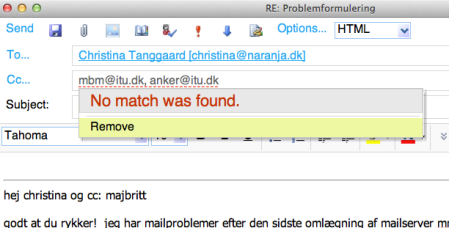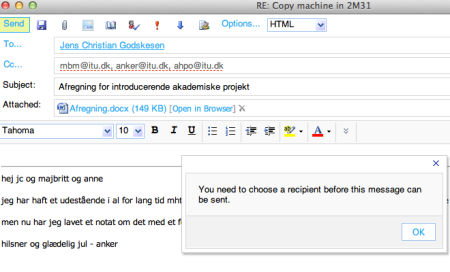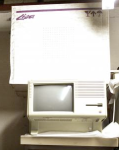In the 1950’s when Office Automation took off, a major concern was to preserve the keystrokes. By then standardization in office equipment across manufacturers was largely absent. Harold S. Levin outlined the situation in his book “Office Work and Automation” (Wiley, 1956): ”At best, initial handling in today’s office is costly, time consuming, and subject to high error rates. It is an area in which we can anticipate a good measure of further technological progress.” He then addressed the origin of information: “The information … has a point of origin … information is ultimately recorded by key depressions on office machines.” He then aired the overriding concern: “It is common for these key strokes to be repeated many times during the handling of a single transaction … for example sales order, invoicing, payment, financial records.”
Alas, 55 years later the history repeats itself: The May 31 issue of the Danish “Financial Times” Børsen carries a story about the Danish IT company Boyum IT that markets a front-end to the widespread SAP package. The front end frees the users from keying the same information several times and in addition provides a more human interface.
Read more on Harold S. Levins book in the paper Jørgensen, Anker Helms (2007): A User Interface Issue in 1956: Preserve the Keystrokes in Usable Form. Proc. 7th Danish HCI Symposium, IT University of Copenhagen, Nov. 22, 2007, 19-20.
 in control!
in control!



